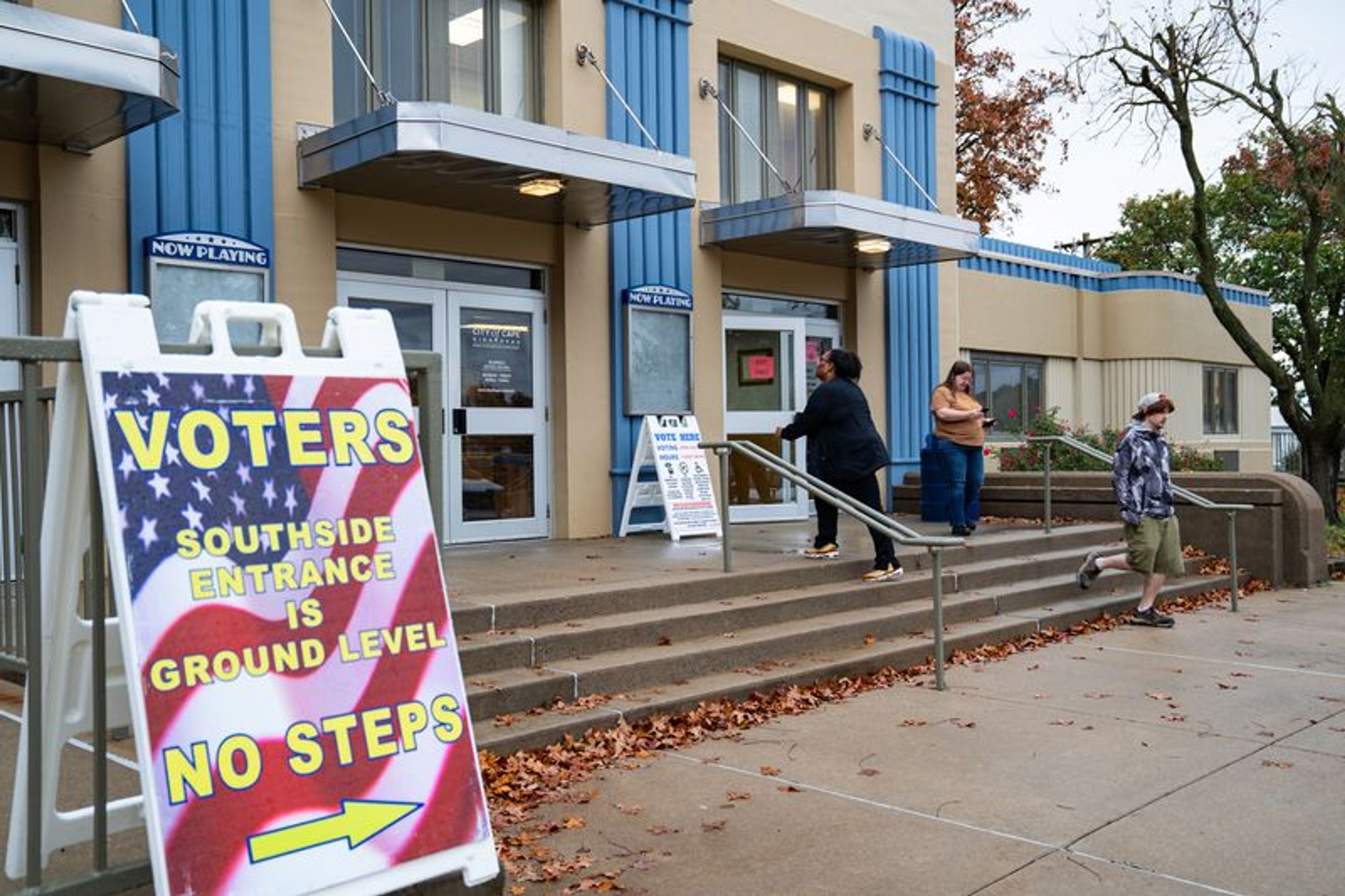SOUTHEAST MUST REMAIN QUALITY, LOW-COST SCHOOL
Southeast Missouri State University has long held the reputation as a school where a high-quality education can be earned for a low cost. In the broad spectrum of higher education institutions, that is still true. However, the cost of running the university is rising and the dynamics of funding the institution are changing. ...
Southeast Missouri State University has long held the reputation as a school where a high-quality education can be earned for a low cost. In the broad spectrum of higher education institutions, that is still true. However, the cost of running the university is rising and the dynamics of funding the institution are changing. Southeast faces unique challenges in remaining true to its regional mission, and we commend the leaders of the school for their fidelity to this cause. Further, we exhort them to keep the faith in regard to maintaining a reasonable price for schooling on the hill.
Let us not suggest the graduates whose degrees were conferred in the winter commencement Saturday paid "five-and-dime" prices for their education; higher education is an expensive albeit fruitful endeavor. For the 1979-80 academic year, required fees for full-time undergraduates and room-and-board was $1,480; for the current academic year, it is more than three times as much, $4,651. Still, through times of fiscal difficulty, Southeast has done its best to remain affordable, even while upgrading its academic offerings.
True, more of the burden of operating the university has shifted from all Missouri taxpayers (through state appropriations) to actual users of the service. Students pay a third of the cost of running the school these days. A dozen years ago, student fees accounted for only about a sixth of the operational expenses. Taxpayers with no dependents enrolled at the university might salute this. (We would contend that taxpayer benefit from higher education is extensive and complicated, and a lessening of public obligation in this regard is not necessarily cause for celebration.) But, through campaigns of private giving and attempts to run a lean operation without skimping of curricular content, the university has worked to keep its price within reach of students from Southeast Missouri.
Other factors are manifest in the university's decision to proceed in this way. As its name indicates, Southeast is a regional institution whose primary constituents are the people of this part of the state. Historically, southern Missouri, particularly the eastern half, has been one of the most impoverished areas of the state. The map below has darkened areas to show counties where 18 percent or more of the residents live below poverty level; many of those counties are in the university's service area.
The university has made a significant effort to recognize this regional reality. It joined with other educational entities in 1981 to form the Bootheel Education Consortium, which is aimed at providing post-secondary school opportu~ni~ties to residents of six counties in the Bootheel. In 1988, it opened the Bootheel Education Center in Malden, an important outreach program for low-income and minority students in that part of the state. About 750 students were enrolled at the center last spring.
As budgetary pressures mount on Southeast officials, one of them is certainly the economic status of the university's service area. To continue to serve the region, the school must continue to pay attention to the cost that must be borne by those coming from counties that are burdened economically. A quality, low-cost education should remain the objective at Southeast Missouri State.
Connect with the Southeast Missourian Newsroom:
For corrections to this story or other insights for the editor, click here. To submit a letter to the editor, click here. To learn about the Southeast Missourian’s AI Policy, click here.








